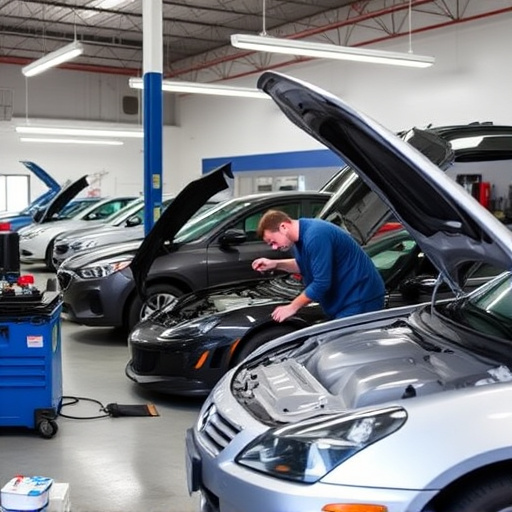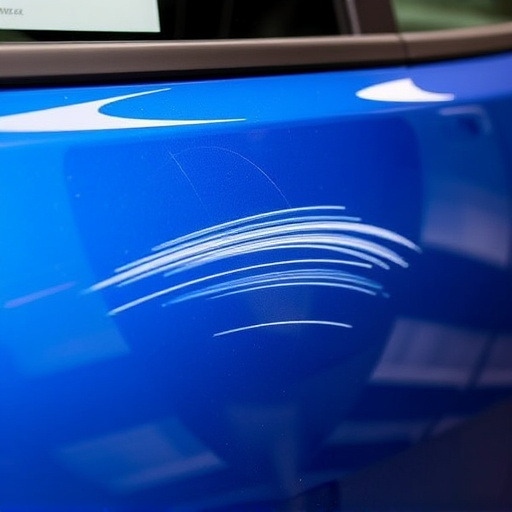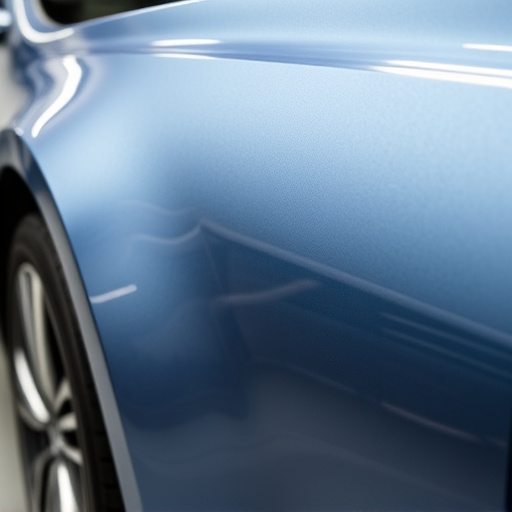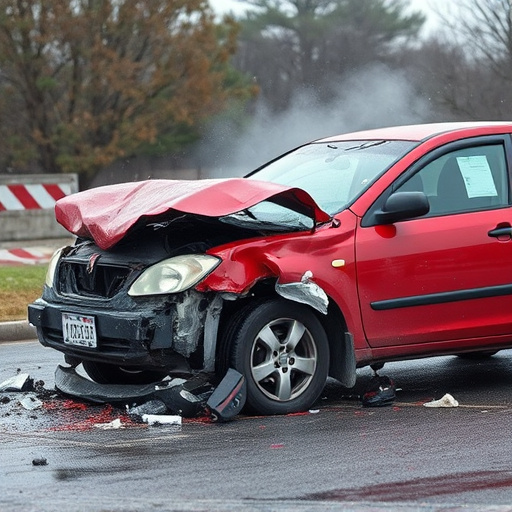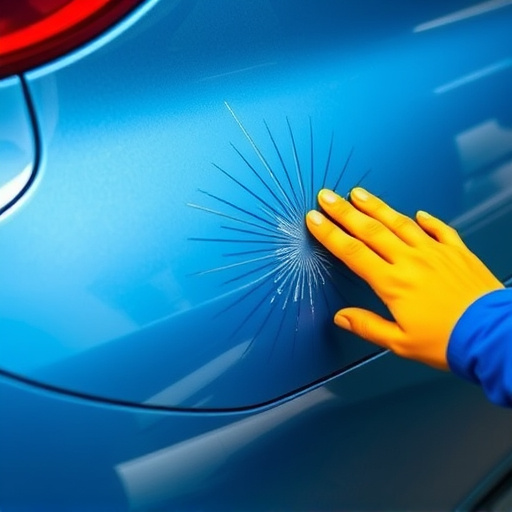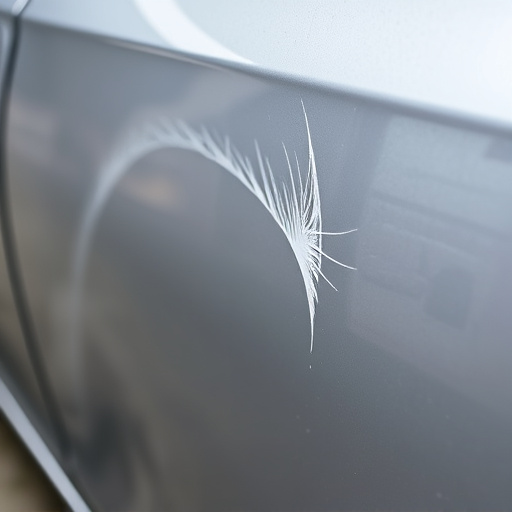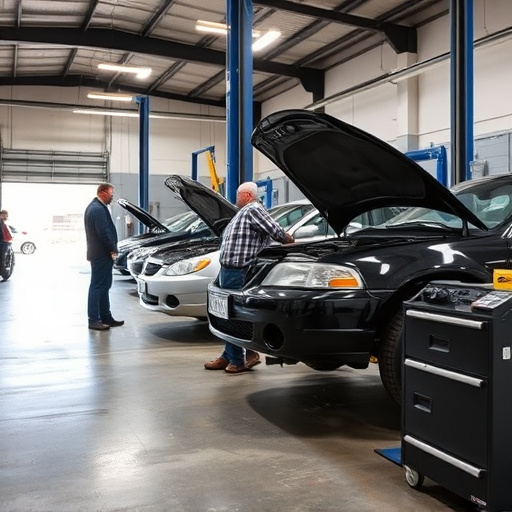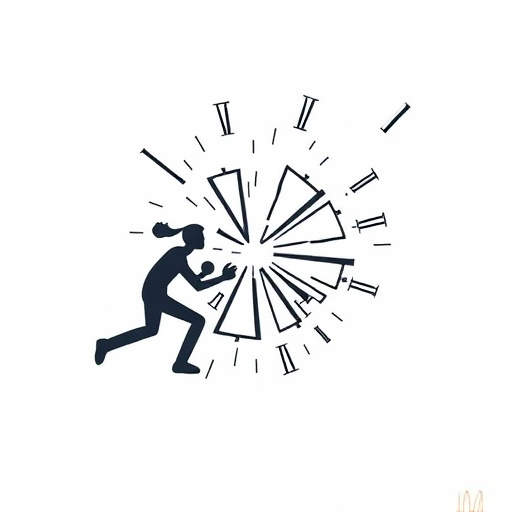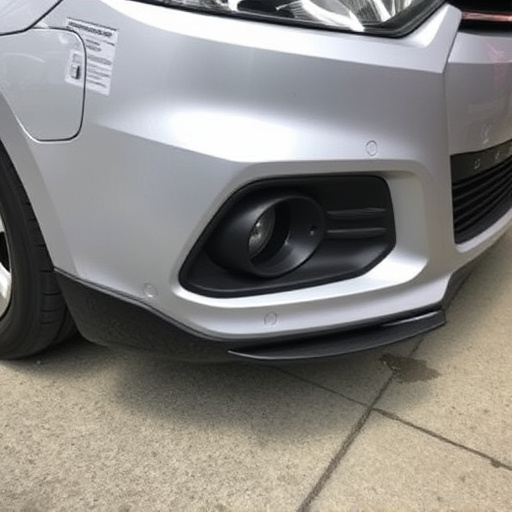Mercedes ADAS calibration optimizes advanced driver-assistance systems' performance, preventing faulty readings and false alarms for enhanced safety. Regular calibration fine-tunes features like adaptive cruise control and collision avoidance, akin to a symphony's harmony, addressing issues from sensor misinterpretation due to lack of calibration, which can lead to blind spot monitor failures, inaccurate adaptive cruise control, lane-keeping assist confusion, and lane departure warning false alerts. Best practices involve systematic checks at recommended intervals or after events, thorough testing of all sensors, and professional recalibration post-significant body work or paint jobs.
Mercedes ADAS (Advanced Driver Assistance Systems) calibration is a critical process that ensures the optimal performance and reliability of these safety features. Without proper calibration, drivers may experience faulty alerts and confusion, impacting their overall driving experience. This article delves into the importance of Mercedes ADAS calibration, common issues caused by its lack, and best practices for effective calibration to prevent such problems.
- Understanding Mercedes ADAS Calibration Importance
- Common Issues Caused by Lack of Calibration
- Best Practices for Effective ADAS Calibration
Understanding Mercedes ADAS Calibration Importance
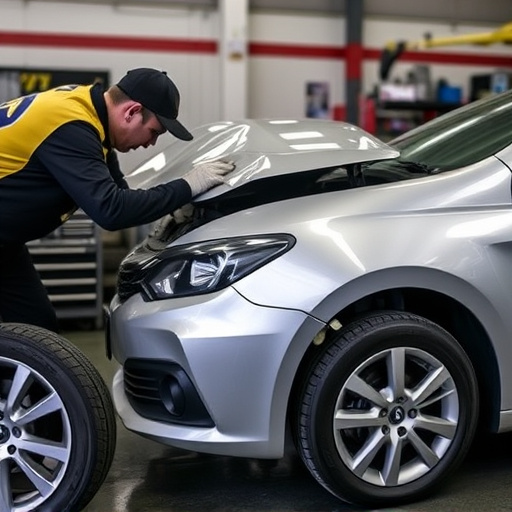
Mercedes ADAS calibration plays a pivotal role in ensuring the safety and reliability of advanced driver-assistance systems (ADAS). These systems, designed to enhance driving experience and prevent accidents, rely heavily on accurate sensor data. Without proper calibration, sensors may produce faulty readings, leading to incorrect alerts and potential driver confusion.
Regular Mercedes ADAS calibration is akin to fine-tuning a symphony. It ensures that each sensor, camera, and radar works in harmony, providing precise data crucial for functions like adaptive cruise control, lane-keeping assist, and collision avoidance. This not only prevents false alarms but also allows drivers to trust their vehicle’s assistance, making every drive safer and more confident. Consider it a proactive step in car body repair, preventing potential issues before they escalate, just as hail damage repair focuses on addressing external impacts.
Common Issues Caused by Lack of Calibration
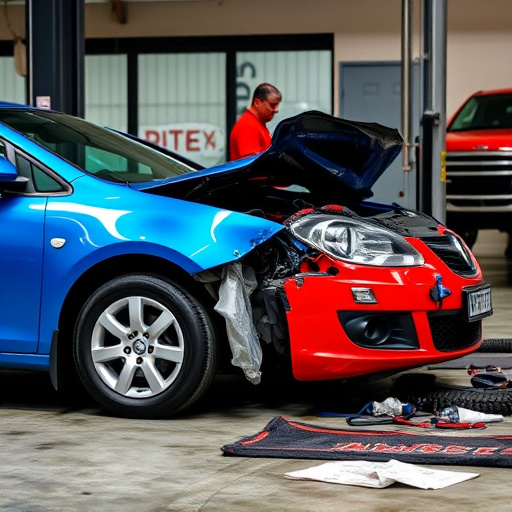
The absence of regular Mercedes ADAS calibration can lead to a cascade of issues within a vehicle’s advanced driver-assistance systems (ADAS). Without proper calibration, sensors might misinterpret surroundings, resulting in faulty alerts and potentially dangerous situations. For instance, a lack of calibration could cause a blind spot monitor to fail, leaving drivers unaware of vehicles or objects in their rearview mirrors. Similarly, adaptive cruise control (ACC) systems may become inaccurate, leading to unwanted braking or acceleration.
Moreover, incorrect calibration can negatively impact lane-keeping assist and lane departure warning features, causing the system to either ignore lane markings or provide false alerts. These problems not only create confusion for drivers but also erode trust in the vehicle’s safety capabilities. Regular Mercedes ADAS calibration is therefore an essential part of automotive repair, ensuring optimal performance and safety for all Mercedes benz repairs and car paint repairs related to these critical systems.
Best Practices for Effective ADAS Calibration

Maintaining accurate sensor performance is paramount for Mercedes ADAS calibration to prevent faulty alerts and driver confusion. Best practices include regular, systematic checks at recommended intervals or after any collision or significant driving conditions changes. Calibration should involve comprehensive testing of all sensors, from cameras and LiDAR to radar units, ensuring each component functions optimally within the vehicle’s control systems.
Professional auto body shops with specialized equipment are ideal for handling these calibrations, as they can simulate real-world scenarios accurately. Regular tire services and vehicle paint repair should not disrupt calibration if done correctly; however, any major body work or paint jobs may require recalibration to maintain system integrity.
Mercedes ADAS (Advanced Driver Assistance Systems) calibration is an essential practice that prevents faulty alerts and driver confusion. Regular calibration ensures these systems operate optimally, enhancing safety and performance. By following best practices outlined in this article, owners can maintain accurate sensor readings, thereby improving the overall effectiveness of their vehicle’s ADAS features. Investigating common issues caused by lack of calibration highlights the importance of proactive maintenance for a seamless driving experience.
